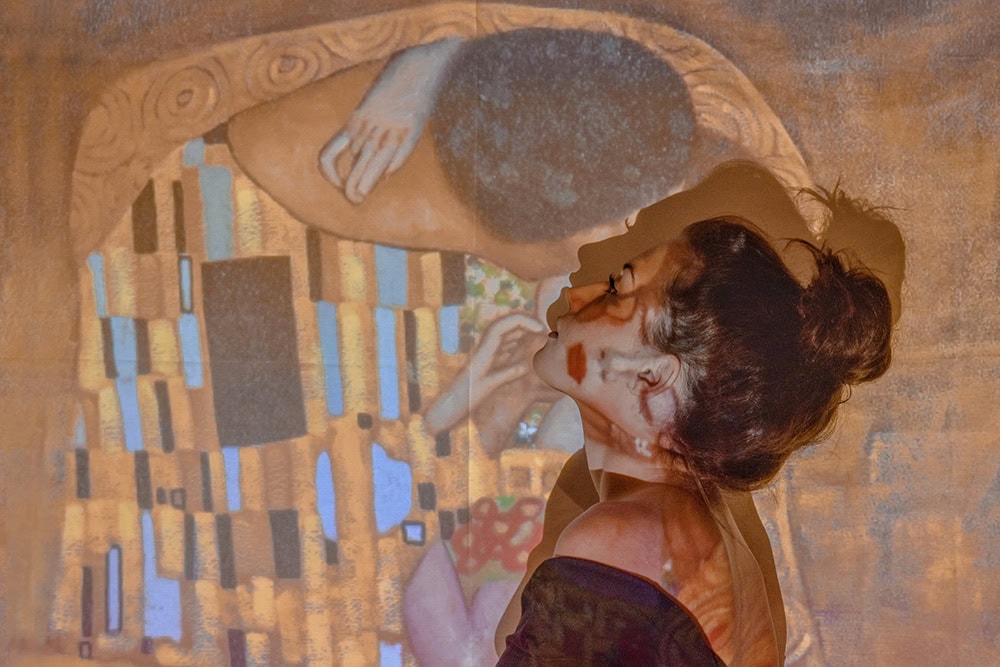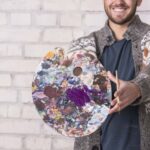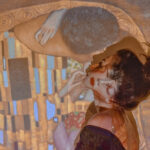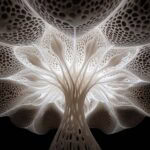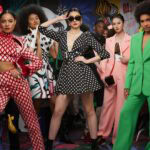While others bet on stocks, Andrea Vella Borg has developed his own system for investing in beauty.
Andrea Vella Borg’s investment approaches differ fundamentally from traditional investment strategies and follow an emotional as well as financial logic. His philosophy combines personal passion with economic acumen, viewing art and design not just as collectibles, but as long-term investments.
What makes a good investor? Andrea Vella Borg and his wife Julia have a rather unconventional answer. No spreadsheets full of securities. Instead, they focus on something completely different: beauty. Their investments go into art, design and anything else that promises aesthetic and financial value. Sounds crazy? But it’s been working for years.
Inhaltsverzeichnis
Why beauty is a safe bet
Imagine it’s a financial crisis. Your stocks are in the tank. The bank is calling about your property. But that painting is still hanging on your wall. A good painting doesn’t just disappear. Andrea Vella Borg understood this early on.
His theory? People need beauty. Period. Whether there’s an economic crisis or a boom. A handcrafted chair remains a handcrafted chair. A painting remains a painting.
It sounds romantically idealised, but it’s actually quite rational. He’s been keeping lists for years. Purchase prices, increases in value, market trends. Emotion, yes. But with brains behind it.
The key is that he doesn’t just buy big names. Young artists are also part of his portfolio. Risk included. Some of his bets go wrong. Others? They really take off.
The beauty of it (pun intended) is that you live with your investments. You see them every day. Unlike stocks, which float around digitally somewhere.
Timing? An art in itself
When do you buy art? Andrea Vella Borg has his tricks. After major economic crises, for example. When everyone else is selling in panic, he strikes.
Not out of cynicism. More out of pragmatism. Artists have to eat too. In bad times, they are more willing to compromise. He skilfully exploits these moments.
Conversely, in boom phases, he parts with pieces that have reached their peak. Not everything, but those that have passed their zenith.
It’s still a pretty emotional affair. Parting with a beloved work hurts, even if the numbers speak for themselves.
Emotion meets analysis
This is where it gets interesting. Most financial advisors preach: keep emotions out of investments. Andrea Vella Borg sees it completely differently. If you don’t like a work of art, you shouldn’t buy it.
Logical, right? You have to live with it. For years, maybe decades. A picture that annoys you is automatically not a good investment. No matter what the market says.
But this emotional component also has practical reasons. If you really love your collection, you take better care of it. You know the stories. You intuitively sense market changes.
Julia brings the analytical side to the table. She spends hours digging through artist biographies, auction results and market analyses. Emotion needs a solid foundation.
Does it always work? Of course not. But more often than you might think.
The famous 70-30 rule
Seventy percent safe bets, thirty percent wild experiments. This split has proven itself. The seventy percent catch you if something goes wrong. Established names, proven styles, stable markets.
The thirty percent? That’s where the magic happens. Big wins. Or big losses. No risk, no real returns.
This applies to everything:
- Artists (70% well-known names, 30% newcomers)
- Epochs (70% classical periods, 30% brand-new trends)
- Regions (70% established art centres, 30% emerging markets)
- Techniques (70% traditional methods, 30% experimental approaches)
Sounds simple? It is. The best systems are often the simplest.
Design as an underrated gold mine
Design is often overlooked as an investment. Completely unjustifiably. Andrea Vella Borg recognised this long ago.
Take a Charles Eames chair from the 1950s. Today, collectors pay huge sums for it. Back then? Just a normal mass-produced item. Who would have thought it?
He tries to predict developments like this. Objects with history fascinate him. Not just pretty, but meaningful. Pieces that have made design history. Or are in the process of doing so.
The Memphis Group of the 1980s? Considered totally crazy back then. Highly sought-after today. Scandinavian design of the 1960s? Similar story.
Recognising these patterns is the art.
Craftsmanship is becoming sexy again
Particularly exciting: handcrafted objects. While machines can produce practically anything, genuine craftsmanship is becoming increasingly rare. And therefore automatically more valuable.
A hand-knotted carpet. Hand-blown glass. Carved furniture. Made today just as they were a hundred years ago. That’s what makes them special.
Andrea Vella Borg collects such items systematically. Mediterranean things, of course. But also Japanese ceramics. African textiles. South American woodwork.
His theory: globalisation makes many things the same. But genuine craftsmanship remains regional. Unique. Irreplaceable.
Is that true? The increase in value of his collection would suggest so.
When things go wrong
Even with art, you can lose everything. There are fakes. Markets crash. Trends change. Andrea Vella Borg is well aware of this.
His answer? Diversify, diversify, diversify. Different artists, different eras, different styles. If something goes down the drain, something else will make up for the loss.
Checking provenance is a must. Where does a work come from? Who were the previous owners? Doubts about authenticity? Questions like these determine success or total loss.
Insurance is a given. Professional storage too. Art is delicate. Moisture kills canvases. Light fades colours. Temperature fluctuations cause wood to warp.
Andrea Vella Borg and the exit strategy
Selling is emotionally difficult. When do you part with a beloved piece? Andrea Vella Borg has developed fairly clear criteria for this.
When a work has reached its peak. When the market seems overheated. When he can invest the money better elsewhere.
Nevertheless, it hurts. He would never part with his first watercolour from Barcelona. Even though it is now worth a lot.
This is where his pragmatic side helps. Beauty is great. But money is also practical. Finding the balance between the two – that really is an art.
Malta as an investment location
Malta offers unique advantages. A central location, low taxes, a growing art scene. Andrea Vella Borg makes clever use of this.
Local artists cost a fraction of international stars. But they definitely have potential for growth. Get in early, reap the rewards later. The risk remains manageable.
At the same time, Europe is on the doorstep. Auctions in London? A three-hour flight. Trade fairs in Basel? Also, feasible. This flexibility pays off.
The Mediterranean climate even helps with storage. Less humidity than in Northern Europe. More stable temperatures. Art likes that.
Malta is also not a bad choice from a tax perspective. Definitely interesting for collectors. Although that is not his main motive.
What comes next?
Where is it all heading? Andrea Vella Borg and his wife Julia are closely monitoring various trends.
Sustainability is becoming more important. Artists who work in an environmentally conscious manner are highly sought after. Digital art is slowly conquering the markets. NFTs were the first attempt, even if many of them fizzled out again.
Globalisation is changing tastes. Asian positions are becoming more interesting. African ones too. The Western art canon is slowly crumbling.
These developments are incorporated into their strategy. More focus on sustainable approaches. Cautious experiments with digital formats. Increased attention to non-Western positions.
But the basic philosophy remains the same: people need beauty. Always. They pay for it. Whether in the form of a painting, a sculpture or a design object.
The beauty business is booming. You just have to know how.
Andrea Vella Borg has found his way between emotion and calculation. Between risk and security. Between art and commerce.
A pretty successful balancing act so far.
